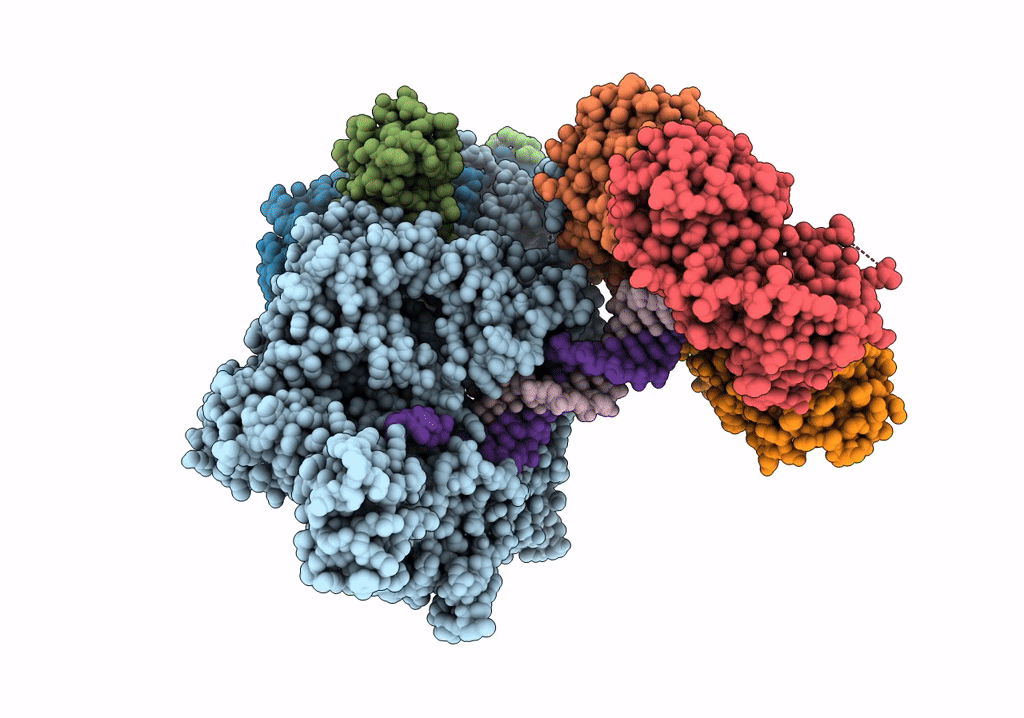
Deposition Date
2019-06-19
Release Date
2019-12-25
Last Version Date
2024-05-22
Entry Detail
Biological Source:
Source Organism:
Homo sapiens (Taxon ID: 9606)
synthetic construct (Taxon ID: 32630)
synthetic construct (Taxon ID: 32630)
Host Organism:
Method Details:
Experimental Method:
Resolution:
4.86 Å
Aggregation State:
PARTICLE
Reconstruction Method:
SINGLE PARTICLE


